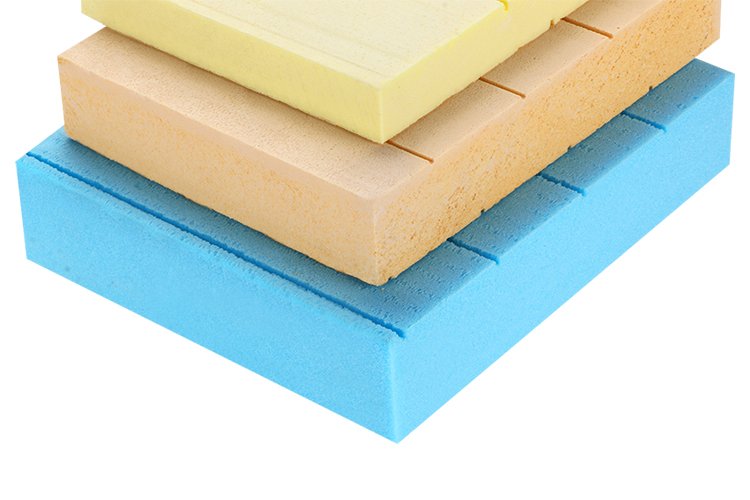Things You Need to Know About XPS Insulation Foam | Features Explained!
Body

XPS Insulation Foam has become a preferred choice for builders, homeowners, and architects looking to improve thermal performance in a wide range of construction projects. Known for its durability, water resistance, and energy efficiency, XPS Insulation Foam stands out in the world of rigid board insulations. Whether you're insulating a basement, foundation, or even a roof, this material offers unique advantages worth understanding before making any purchase or installation decisions. In this article, we explore the essential features and benefits that make XPS Insulation Foam a smart investment.
What is XPS Insulation Foam?
XPS Insulation Foam, or Extruded Polystyrene Foam, is a type of rigid foam board used for thermal insulation in both residential and commercial construction. It is manufactured through an extrusion process that creates a closed-cell structure. This uniform structure helps XPS deliver excellent compressive strength and minimal water absorption, making it ideal for below-grade applications such as basement walls and under slabs. Its smooth surface and consistent density also contribute to its thermal performance and long-lasting reliability.
Thermal Efficiency and R-Value
One of the defining characteristics of XPS Insulation Foam is its high thermal resistance, commonly referred to as R-value. The R-value indicates how well a material resists heat flow, and XPS typically offers an R-value of about 5 per inch of thickness. This means less heat escapes during winter and less heat enters during summer, leading to reduced energy consumption. Its ability to retain its thermal performance over time also adds to its appeal for sustainable building design.
Durability and Compressive Strength
XPS Insulation Foam is known for its impressive durability and strength. With compressive strengths ranging between 15 and 60 psi, it can withstand significant loads without deforming. This quality is especially beneficial in areas subject to high pressure, such as beneath concrete slabs, roadways, and parking decks. It resists breakage during handling and maintains its shape and integrity under prolonged exposure to stress and load.
Moisture Resistance and Water Repellence
Another vital feature of XPS Insulation Foam is its moisture resistance. Unlike many other insulation materials, XPS does not absorb water easily thanks to its closed-cell structure. This property makes it suitable for damp environments such as foundations, crawl spaces, and exterior walls. Because it doesn’t retain water, XPS helps prevent mold and mildew growth, thereby protecting both the building structure and indoor air quality.
Ease of Installation
Installation of XPS Insulation Foam is straightforward, making it a favorite among contractors and DIY enthusiasts. The boards are lightweight, easy to cut with simple tools, and fit snugly into wall cavities or over exterior sheathing. They can be glued, nailed, or mechanically fastened depending on the application. In many cases, the ease of use translates to lower labor costs and faster project completion.
Environmental Considerations
XPS Insulation Foam contributes positively to energy efficiency, which in turn reduces carbon footprints over time. However, it's important to be aware of the types of blowing agents used during its manufacturing process. Recent developments in environmentally friendly blowing agents have improved the overall sustainability of newer XPS products. Many brands now offer XPS boards with lower global warming potential to meet green building standards.
Applications Across Different Building Areas
Thanks to its versatile performance characteristics, XPS Insulation Foam is used across a wide range of applications. These include exterior wall sheathing, roof insulation, foundation walls, and under-slab insulation. Its ability to perform well in both above- and below-grade environments makes it an all-around solution for thermal insulation in any climate or building type.
Final Thoughts
When considering insulation materials, XPS Insulation Foam stands out for its thermal performance, durability, moisture resistance, and ease of installation. It provides a reliable and long-lasting solution that enhances energy efficiency and structural integrity. By understanding its features and advantages, you can make an informed decision that supports both comfort and sustainability in your building projects.







Comments